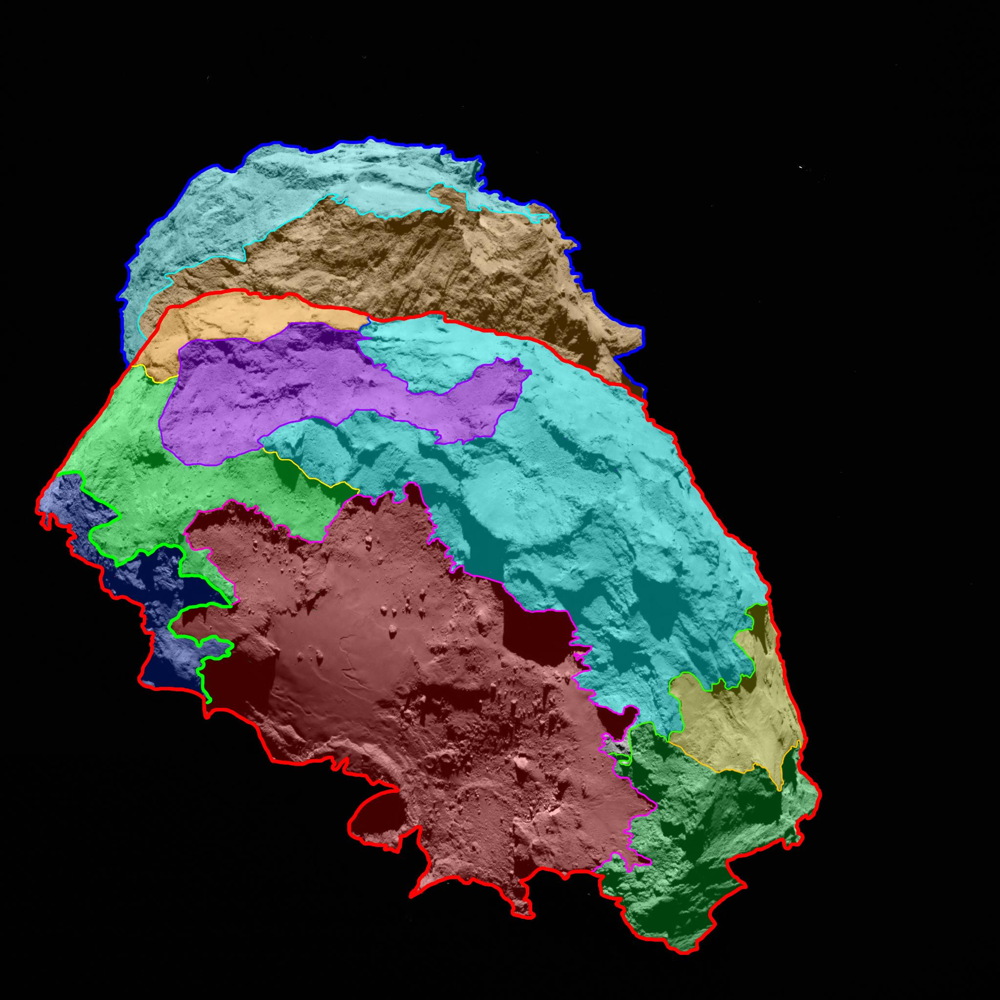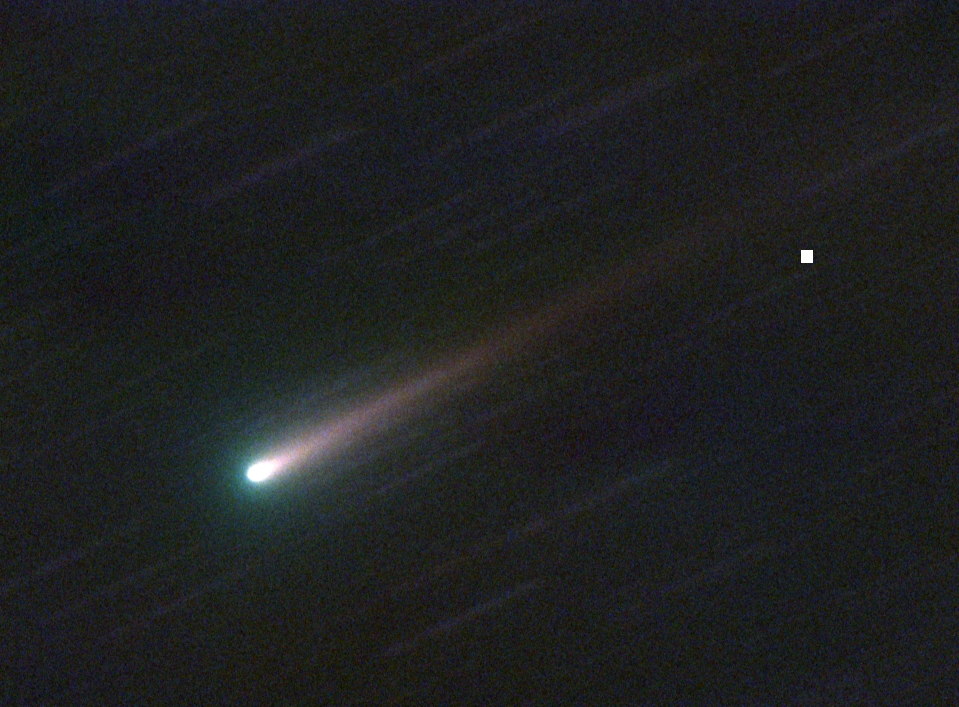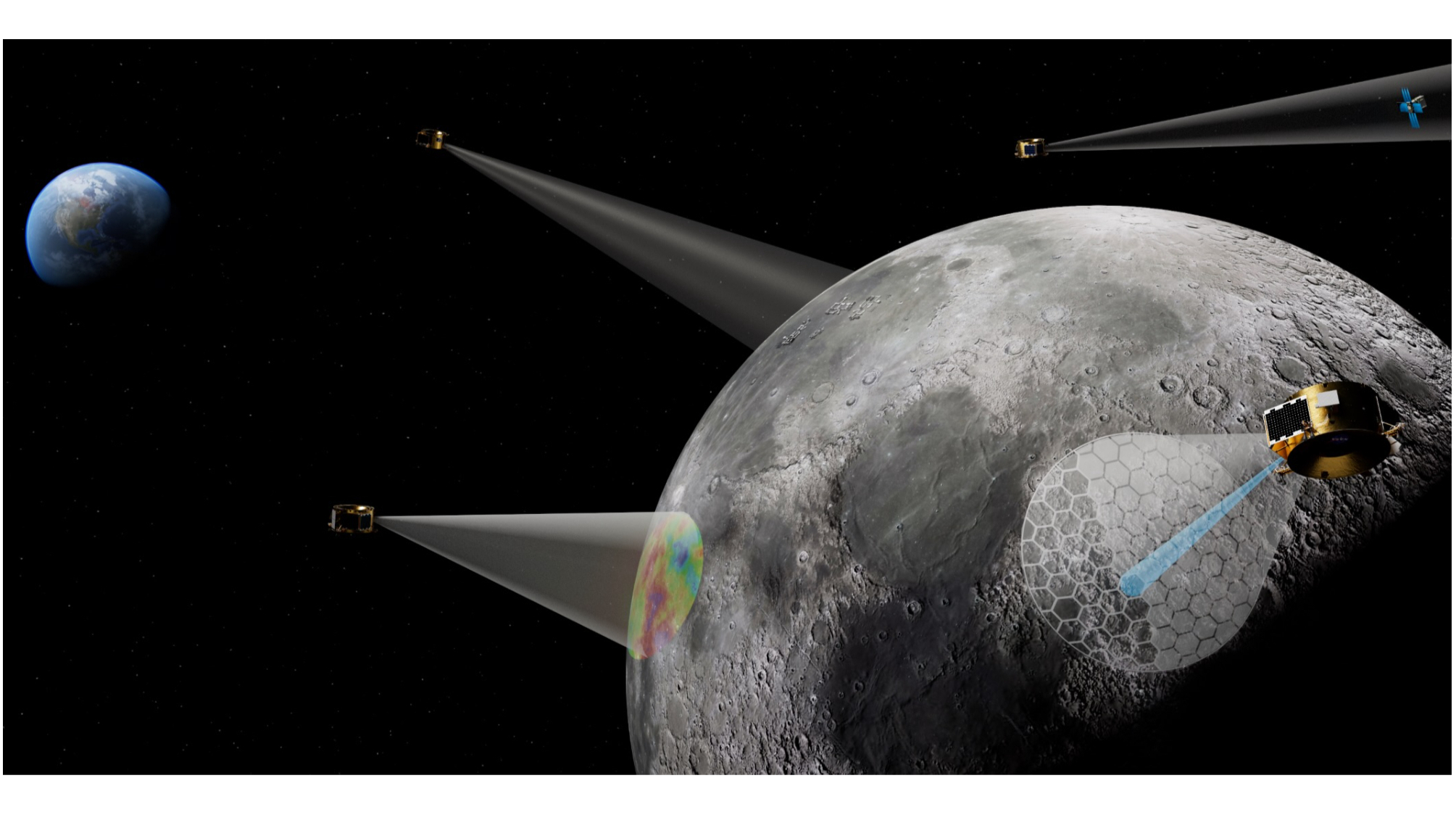Colorful 1st Map of Rosetta Probe's Comet Target Revealed

The European spacecraft Rosetta made history last month when it entered orbit around a duck-shaped comet. Since then, the probe has captured such detailed views of the comet's landscape — its jagged cliffs, craters and boulders — that scientists have drawn their first map of the celestial object.
The European Space Agency (ESA) released the colorful map this week that shows the different regions of the 2.5-mile-long (4 kilometer) comet as seen by Rosetta.
The map will help scientists pick out the best landing spot for Philae, a small probe riding aboard Rosetta, which is set to touch down on the Comet 67P/Churyumov-Gerasimenko in November. Philae's final landing site and a backup will be announced on Monday (Sept. 15). [See Rosetta's Amazing Comet Photos]
"Never before have we seen a cometary surface in such detail," Holger Sierks, principal investigatory for OSIRIS, Rosetta's scientific imaging system, said in a statement.
"This first map is, of course, only the beginning of our work. At this point, nobody truly understands how the surface variations we are currently witnessing came to be," Sierks added.
Since Rosetta went into orbit around the comet in early August, scientists have identified five potential landing sites that were all relatively smooth and about 328 feet (100 meters) in diameter. All of these candidates also had to have the right communication and sunlight conditions (the probe needs solar power to work), ESA officials explained in a video. This weekend, scientists will gather at the Toulouse facility of the French space agency, CNES, to decide on the best candidate and a runner up out of those five. They'll announce their pick in a press conference on Monday at 5 a.m. ET (0900 GMT).

Rosetta will escort Comet 67P/Churyumov-Gerasimenko as it approaches the sun over the next several months, using its 21 scientific instruments to document how the comet changes and reacts to this close encounter.
Breaking space news, the latest updates on rocket launches, skywatching events and more!
The total cost of the Rosetta mission is 1.3 billion euros ($1.68 billion at current exchange rates).
Follow Megan Gannon on Twitter and Google+. Follow us @SPACEdotcom, Facebook or Google+. Originally published on Space.com.
Join our Space Forums to keep talking space on the latest missions, night sky and more! And if you have a news tip, correction or comment, let us know at: community@space.com.

Megan has been writing for Live Science and Space.com since 2012. Her interests range from archaeology to space exploration, and she has a bachelor's degree in English and art history from New York University. Megan spent two years as a reporter on the national desk at NewsCore. She has watched dinosaur auctions, witnessed rocket launches, licked ancient pottery sherds in Cyprus and flown in zero gravity on a Zero Gravity Corp. to follow students sparking weightless fires for science. Follow her on Twitter for her latest project.
